Transfer mechanics: The inner workings of the women's market – Part 1
Transfer windows, the value of points, negotiating salaries and signing deals, and how it all fits together
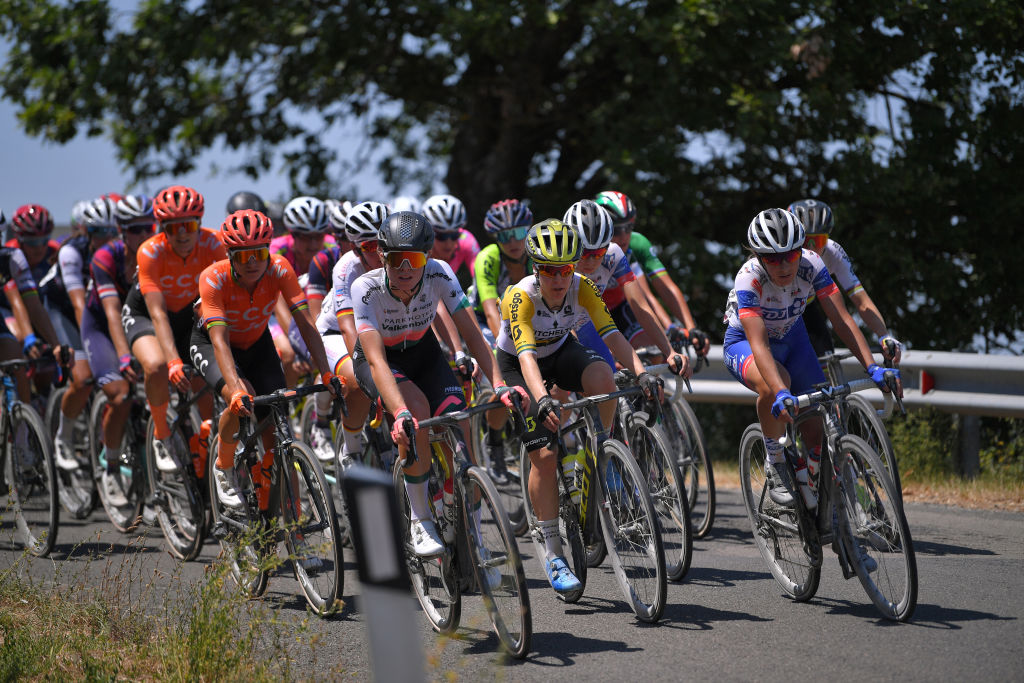
The transfer market, also known as the silly season, is officially open, which means that teams have begun planning for the 2021 season. A big part of that planning includes the intricate work of piecing together their rosters. More than 600 elite women are eligible to compete with one of the currently 55 registered elite teams: eight WorldTeams and 47 Continental teams. The number of teams may change, and new talent emerges onto the scene each year. The big question is: how do all the women's transfer market puzzle pieces fit together?
Cyclingnews spoke with the president of the newly formed women's teams' association UNIO and the WorldTeam Canyon-SRAM owner Ronny Lauke, along with Continental squad Drops' owner Bob Varney, and the founder of The Cyclists' Alliance, Iris Slappendel, to gain a better understanding of the inner workings of the women's transfer market. We also spoke with Ashleigh Moolman-Pasio (CCC-Liv) for the rider perspective.
Part one of the women's transfer market series will highlight the timing of transfer windows, how to apply for a spot on a team, the ins-and-outs of contract negotiations, salary ambitions, and UCI points' value. Before we get to the meat of the discussion, we'll first provide you with an understanding of the women's professional road cycling structure.
The women's peloton has undergone new reforms that officially came into effect in January 2020. There are currently eight WorldTeams, but the aim is to build to a maximum of 15 teams over the next three years. These teams offer roster sizes between nine to sixteen riders, which will jump up to between 10 and 20 riders in 2022.
The eight WorldTeams that acquired four-year licences this year are Mitchelton-Scott, Canyon-SRAM, Alé BTC Ljubljana, CCC-Liv, FDJ Nouvelle-Aquitaine Futuroscope, Movistar Team Women, Team Sunweb and Trek-Segafredo.
WorldTeam status comes with increased financial requirements such as a multi-year sponsorship guarantee, a minimum salary of €15,000 (employed) or €24,600 (self-employed), and social insurances and benefits such as maternity leave. The minimum salary requirements will equal the men's Professional Continental, currently set at €30,855, by 2023.
The UCI also offers a multi-tiered racing calendar, and in a healthy season, 23 events are part of the Women's WorldTour. There are also roughly 20 events on the ProSeries, 25 Class 1 and 30 Class 2 events.
Get The Leadout Newsletter
The latest race content, interviews, features, reviews and expert buying guides, direct to your inbox!
The UCI stipulates that Women's WorldTour events are open to Women's WorldTeams and Continental Teams, with 15 to 24 participating teams. The eight WorldTeams receive automatic invitations to the WorldTour events.
The Continental Teams that are among the top 15 in the first UCI World Ranking of the season, which is calculated based on the sum of their riders' points and published on the second Monday in January, also receive automatic invitations to WorldTour events and these teams include Boels Dolmans, Parkhotel Valkenburg, Ceratizit-WNT, Valcar-Travel&Service, Equipe Paule Ka, Lotto Soudal Ladies, Cogeas Mettler Look and Hitec Products-Birk Sport.
The remaining wildcard invitations are based on each team's world ranking from teams ranked 16 through 40. Race invitations then adjust in favour of Continental Teams, National Teams and Regional Teams at the lower-level ProSeries and Class 1 and Class 2 events.
Timing
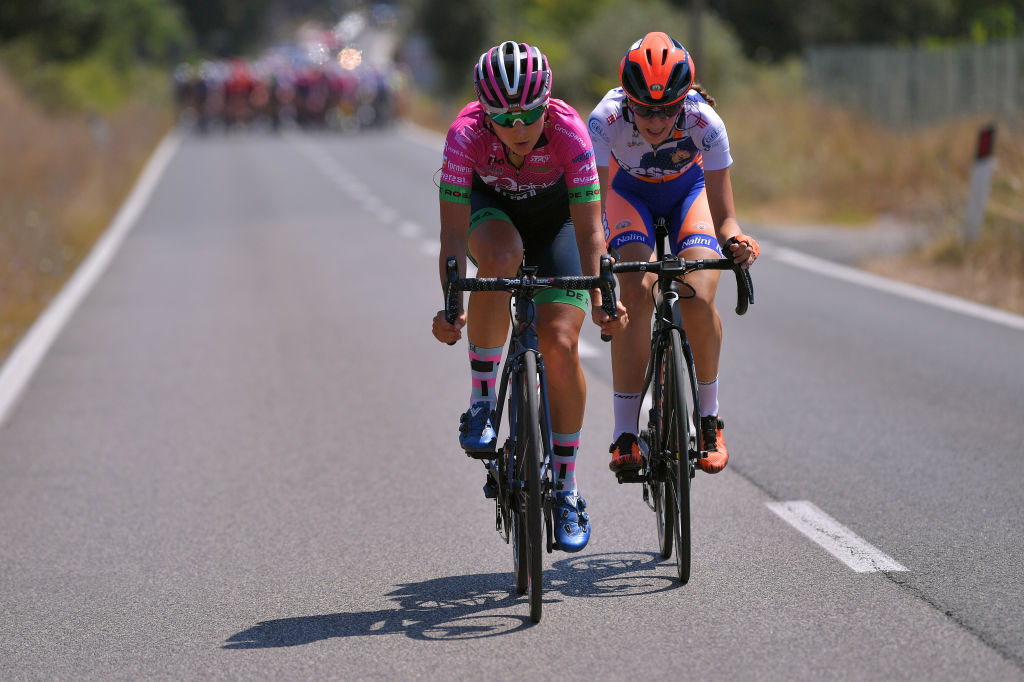
Team-rider contracts are set up from a January to December structure. There are two transfer windows in professional cycling. The first is the mid-season transfer window, which runs from June 1 to July 15, and the second is for season-to-season transfers window, which runs from July 1 to November 1. It's helpful to note that in most contracts, there is a date by which a current team has to let a rider know of their intentions, and vice versa, if they haven't renewed already, which is on September 30 for WorldTeams.
Lauke confirmed that teams have already approached some riders for almost one year in advance, and in general much earlier now than in previous years. The standard transfer season, however, still revolves around the season-to-season transfer window. Teams and riders usually begin contacting one another as early as March and then announcing roster signings by August.
WorldTeams currently hold a four-year licence and sponsorship guarantee, and so these teams tend to renew their top riders earlier in the season. Places in the WorldTeams can be few and far between, for example, Canyon-SRAM signed 15 returning riders last year and reserved just one place for the Zwift Academy winner Jessica Pratt. In addition, teams are starting to offer multi-year deals, especially that match the Olympic cycle, making space on teams even more limited.
Mitchelton-Scott brought in one new rider last year, FDJ Nouvelle-Aquitaine Futuroscope and Trek-Segafredo hired two new riders, Movistar Team Women hired 3, and CCC-Liv and Sunweb signed four. It means there was not a lot of movement at the WorldTeam level.
"I start looking in June or July at riders who might be a good fit or interested in the coming season," Lauke told Cyclingnews. "Riders approach us and start sending resumes starting in March. Last year, we had 70 applications via email or WhatsApp. Usually, we already have an idea of a rider who could fit into our group and our team."
At the Continental Team level, Varney said he received upwards of 100 applications from riders looking for a place on Drops Pro Cycling each season. "Some emails are personalised, and some are generic. I reply to every CV because it's part of the job I enjoy," Varney said.
How to apply
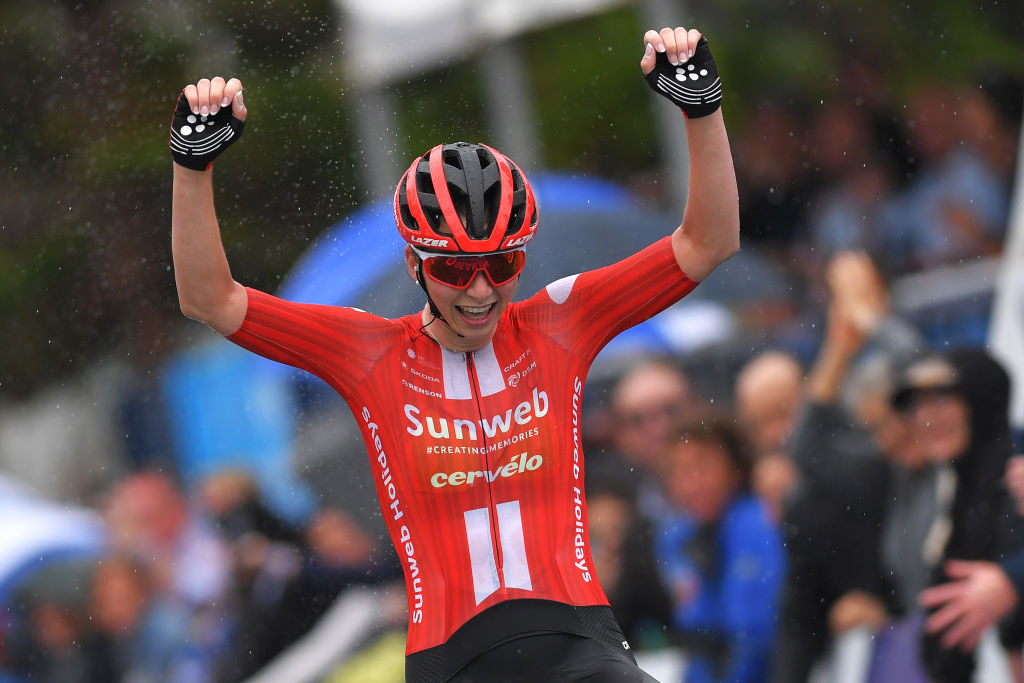
The top riders in the world will have multiple offers on the table to choose from, if they are on the market. However, the majority of riders do the heavy lifting on their own when it comes to sending resumes, initiating discussions and marketing their value to teams.
The most common approach is still word-of-mouth and using connections among the peloton. Many riders typically email the team manager directly. They also communicate with teammates and other colleagues among the peloton to discuss potential openings on teams.
It's also common for riders to approach a sports director at a race and ask if the team is looking to fill places on their roster, what types of riders they might be looking for, for example, a climber, a sprinter or a support rider, and then let them know that they're looking for a team.
Younger riders who are just getting their foot in the pro racing circuit door tend to apply to teams with formal cover letters and resume. In contrast, veterans in the sport tend to rely more on their connections and make introductions and recommendations for one another with team managers.
Agents
We will highlight the pros and cons of using a UCI-certified agent in part two of this feature series. Still, it's sufficient to note that while agents are becoming more popular among the women's peloton, riders don't use agent services as often as they do in the men's peloton during the transfer market season.
"There have been more agents over the last two or three years representing riders - not all agents are alike - I've learned, but they all try to get the best for the riders. We need to accept them and talk to them," Lauke said.
"However, I don't think the market or landscape in women's cycling, right now, allows an agent to make a big difference in terms of what the rider would normally earn. It's still so limited [financially] that a women's team cannot just throw around big money.
"I think the right agent, and there are good agents in women's cycling, prepare the CVs for the athlete that highlights their current status, their potential, and they help guide an athlete. The right agent works with an athlete to help her build a career, personality or brand."
Slappendel noted several important reasons to work with an agent, such as, negotiating on behalf of the rider, checking over contracts to make sure they are correct, and generally providing the rider with important knowledge about what they are entitled to in their contracts. "Working with a good agent gives the rider a bit more knowledge and power," she said.
Points
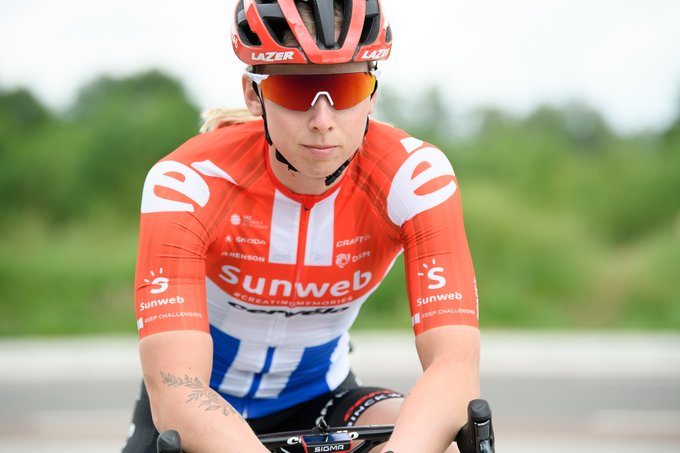
The UCI World Ranking is calculated based on all the women's UCI Road International Calendar events throughout the season, and in general, the sum of their riders' points determines a team's overall ranking throughout the season. In addition, if a rider is transferred mid-season, the points stay with the team where she scored these points.
However, the UCI published a UCI World Women rolling ranking by Teams before the start of this season, on the second Monday in January, to determine the initial ranking order for the top 40 teams. [The UCI replaced this document in June, 2020 - ed.]
Heading into this season, many teams tried to be among the top 15 in this first ranking publication, to automatically secure invitations to the bigger events. WorldTour events were obliged to give automatic invitations to the eight WorldTeams, and in addition, automatic invitations went to the Continental Teams that are among the top 15 in the ranking. This made riders with a higher number of UCI points a valuable asset for second-tier teams. A Continental Team's points were also important if they were looking to apply for a WorldTeam licence as they would be, in part, assessed on the number of points riders had in total from the previous year (from any team), along with other financial and ethical requirements.
"It's always the most valuable riders that get signed first. The system is not great because the value is placed on UCI points. Being in the top 15 in the world ranking is the most important thing for a team because you get automatic invitations to all the big races, and that means all the teams can plan their rosters and sort out logistics early," Varney said.
"The other teams [outside the top 15] are begging for wildcard invitations to races, and so it's difficult for them to plan, get cheap travel or organise accommodation. It's not easy organising accommodation for Tour of Flanders when you might only know if you're racing two or three weeks before it.
"The riders with the points have the value. The big teams have bigger budgets and can pretty much sign who they want, within reason. The riders know they will get a guaranteed a WorldTour race program, so all the WorldTour deals get done first."
"[Continental] Teams ranked eight through 15 are scrapping for riders with the points so they can stay in the top 15, or they are feverishly doing mathematics to see if they have more points than another team. We played these games for a while, but it's not easy, and when you have no money, it's impossible."
Lauke agreed that UCI points are important, but said that he only focuses on Canyon-SRAM's sum of points at the end of the season and uses that number to gauge his riders' overall success.
"I have not been a point-chaser in my time as a sports director. Some points might come with a rider, but it's not that I look only for points toward a ranking. Maybe I will need to change that for the future, but for now, that has never been a target," Lauke said.
"For the invitation to the races, points mattered more last year, before the WorldTour [reforms]. We have always had enough points.
"Points become important to me near the end of the season to show the [strength] of the team that we built. When the team can show that they have gained more points than in the past, that is an indication they have made the right decisions, and the team is on track. Also, that way, you have already built good points for the future, and you can then add a young rider [to the roster] who has the time to develop."
Points for the individual rider World Ranking are accumulated on a 52-week rolling schedule and are independent of their team. After the initial teams ranking publication in January, the teams ranking is set to 0 at the start of the season.
Moolman-Pasio believes that the current points system tends to put the wrong sort of emphasis on the riders’ value and leaves out the important work and worth of domestique riders. In addition, riders with points who are retiring have, in the past, been re-signed by teams in mentorship roles so that the team could utilise those points to move up in the rankings.
"The whole points thing is a big issue in a way because your value as a rider is based on your points; the more points you have the more valuable you are as a rider," Moolman-Pasio said.
"That’s generally where your negotiating power comes in. It is starting to change, and some teams are becoming less concerned about points, especially teams with a lot of depth. However, on some teams points are really important because the teams with top points get invited to all the races, so they have to construct their teams carefully and choose the riders with the points to be able to get to the race.
"Usually a rider takes the [individual] points with her, which can become a sore point for teams, and that’s why teams don’t race riders at certain races. Let’s say a team finds out you’re leaving but you’re one of the top point-scorers, they may not race races in strategy for you to win because they need points for the other riders to win so that the team keeps their ranking. That’s the problem and that’s why there are issues with riders being sidelined if they are leaving.
"It almost makes sense for teams to keep the points if a rider is leaving. In a way, if I had a lot of points because I’m a good performer, then the teams should be signing me because they can see that I’m a good performer and next year, I would be earning those points for them. Points show your potential but taking them away from a team that was invested in you is a little unfair. They’ve paid for you to go to the race and provided you with the opportunity to win those points, and a rider never wins points alone, they win them because of a team effort.
"Domestiques are valuable riders, too, and we can’t all be race winners. The more TV exposure women’s cycling gets will help recognise the hard work of domestiques, who don’t get noticed. If no one sees the racing than a rider is only as good as their results on paper, or their points, because no one can see the full races and how they play out. Domestiques need to be recognised and paid for the work they do."
Update: The UCI Management Committee modified the UCI World Women rolling ranking by Teams in June, 2020, replacing it with new UCI Women's WorldTour participation Article 2.13.006 that now states:
Participation 2.13.006 For the 2020 and 2021 seasons, the organiser of a UCI Women’s WorldTour event must invite 15 teams, as described below. From the 2022 season onward, all UCI Women’s WorldTeams must be invited by the organiser.
For the 2020 and 2021 seasons, all UCI Women’s WorldTeams must be invited by the organiser. A number of UCI women’s continental teams corresponding to the remaining number of required invitations, based on the UCI women world ranking by teams - calculated on the last day of the previous season [no longer the second Sunday in January - ed] - must also be invited by the organiser.
The organiser must accept entries from the above-mentioned teams that have responded positively to an invitation.
Budget
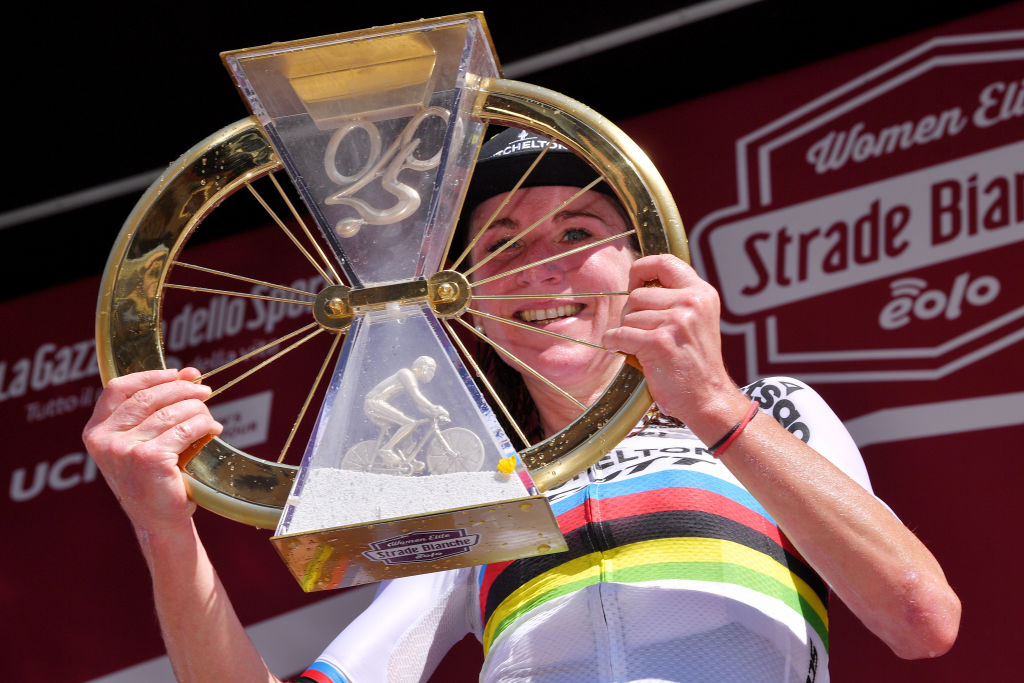
There's a large gap between the budgets of Women's WorldTeam and Continental Teams. The average top-tier team could have a budget between €1 million and €3 million annually.
There are Continental Teams that run a similar budget such as Boels Dolmans and Ceratizit-WNT; however, that's not representative of most second-tier team budgets, which are more likely working on a shoe-string budget of between €100,000 and €500,000 annually.
The portion of a team's budget set aside for salaries or stipends will play a significant role in determining what calibre of rider an organization can afford. Next year's minimum wage for WorldTeams is €20,000 (employed contracts). However, the financial compensation between teams can range from $0 to €20,000 to €30,000, and a very few who earn upwards of €150,000.
"Unfortunately there is a quick drop-off in women’s cycling after the top-10 riders, who could be in the range of €70,000 to €150,000, but maybe that has been extended to the top-20. There’s more depth in the peloton now and things are changing, and [your salary] is not so much based on your world ranking. In the past, the world ranking was the be-all and end-all but know teams are recognising the value of potential."
Continental Teams are not obliged to pay athlete salaries, although some do, while other smaller teams might offer their riders a smaller monthly stipend.
"We don't pay our riders a salary. In all our four years, we paid salaries for two years and then for two years we haven't," said Varney, who partnered with Women's Sports Group to secure new sponsorship funding that will allow the team to apply for a three-year Women's WorldTeam licence beginning in 2021.
"It's widely documented that I don't think that's good enough, and we are desperately trying to pay a salary. We pay all our rider's expenses such as travel, flights, and all costs. Once they are with us at a race, I pick up all the costs.
"What I didn't realise, however, is that not all teams [pay work-related costs]," he added. "I've had some high-profile riders from good teams quite shocked that we pay all their costs. We've had riders stuck in airports because of cancelled flights, and we just put them up in a hotel, however much it costs, you have to look after the rider. Not all teams would do that. Certain contracts [on other teams] wouldn't cover all their travel costs."
Varney also noted that occasionally a rider has brought in a financial sponsor, although this doesn't happen often in women's cycling. Joscelin Lowden joined Drops Cycling in May last year and brought in Itelligence, an NTT DATA company that focusses on SAP solutions, as a financial sponsor. "Joss works for Itelligence, and they wanted to sponsor the team. It stood up as a sponsorship deal. They wanted to promote gender equality and closing the gender pay gap. Joss still works part-time with them, and it was a good story for them to tell about their employees being healthy. It worked for Joss, Itelligence and the team, and was a genuine sponsorship deal."
Who gets the job?
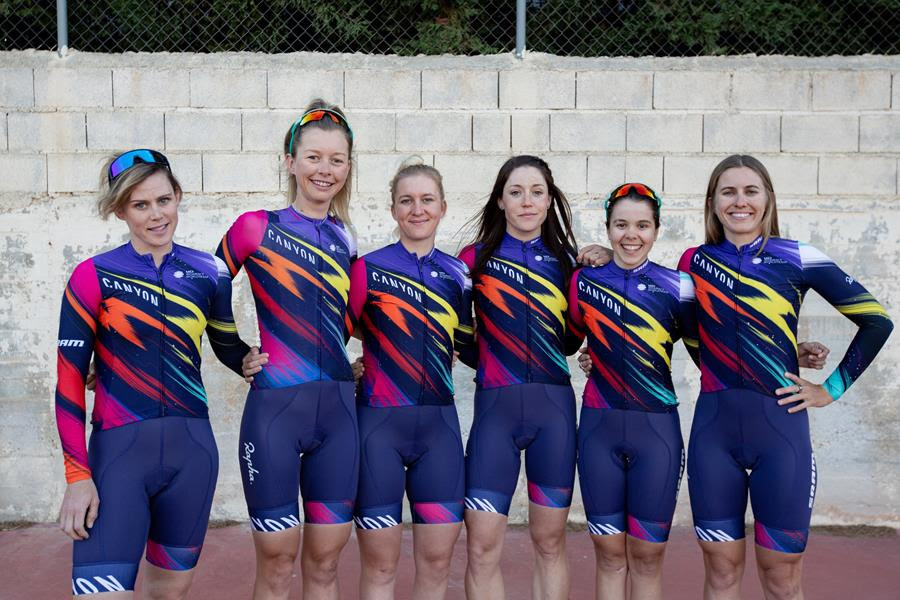
Once a team's management has gone through all the applications and has taken into consideration their annual budget, world ranking and points targets, and the number of spots on the roster they intend to fill, the question is: How do they decide who gets the job?
Lauke said that teams often consider and compare things like rider results, physiological testing, experience level, age, and the team's needs as part of their hiring decision.
"Of course, teams will look into results and ask; is a rider constantly in the top 10 or the top 5, and how often does she get on the podium? We will also look at her age and what kind of team structure she was in previously and ask; was she fighting for herself, or was she already in a team structure? Could she benefit from proper teamwork? Those are all things that need to be looked into when we are interested in a rider. Then we make our conclusions about the strengths of the rider and how those strengths will fit into our team," Lauke said.
Lauke acknowledged that the transfer market is a two-way street and that good teams will also offer strategies to support a rider's growth, development and future goals.
"We also try to identify riders who have already had success in their careers but who still have more potential to develop. The ideals of the team, too, is to find out what our riders are capable of, who they are, and support them in the best possible way. We want to work with the riders that we have on our team and provide stability, to see them develop and achieve results either on a podium or becoming a winner," Lauke said.
The decision-making process varies from team to team, however. At some teams, management will have the sole hiring discretion, while other teams accept feedback from staff and riders before bring a new athlete on board.
"We have a directors group who have a discussion about a potential rider and how they would fit into our team. We also discuss where we might have weaknesses and try to hire a rider who can eliminate those weaknesses. We also consider a rider with more potential to build to the highest level," Lauke said.
"We always discuss a potential rider with the whole team, to see what [the other riders] think about the new athlete, and how they might fit into our existing roster. That's important to us. We want our current riders to feel confident and secure in their own positions. We want our riders to feel like they are part of the team and that their opinions are important."
Varney said that he often fills spots on his team with development riders. He will scout for junior talent at smaller events or at the Road World Championships to find athletes who might grow with his development programme, but who may not yet be looking for a salary.
"Last year, we gave up on [searching for riders with UCI points] and instead tried to get the best young riders we could. We targeted the younger riders, who possibly lived at home with mom and dad, and who wanted to be part of a race programme and try to do things properly."
Signing the deal
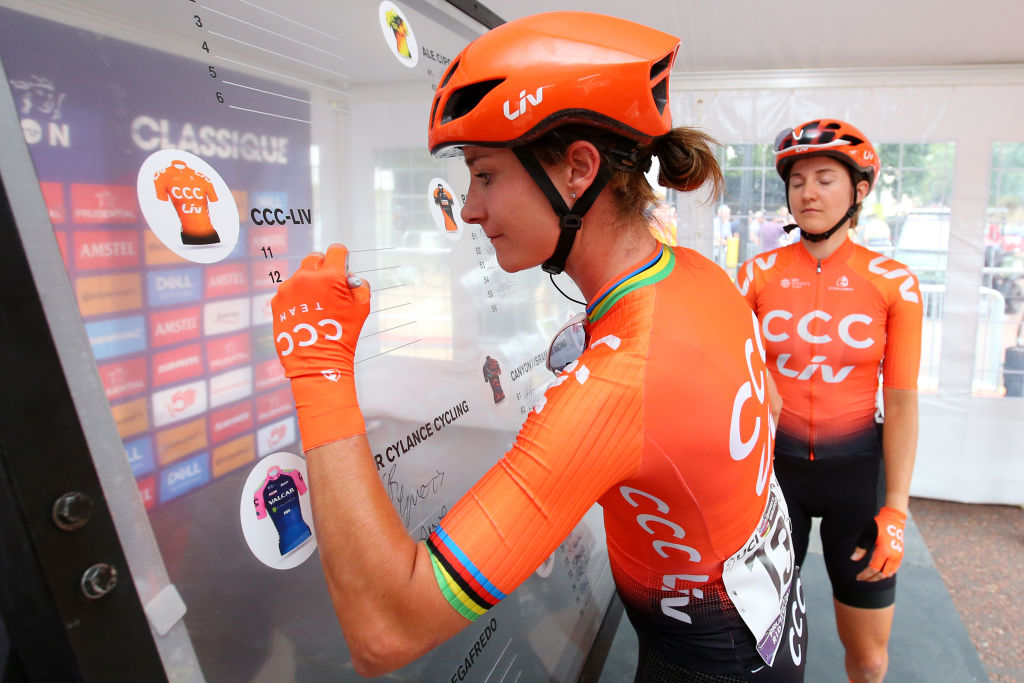
Signing the actual contract is one of the most crucial parts of the transfer market season. Women's cycling has developed to the point were WorldTeams obliged to offer standard UCI contracts for both employed and self-employed athletes. The new regulations for the top-tier teams mean that athletes can now feel somewhat more secure in knowing what they are signing and that the important parts of their contracts are in order. There is also a contract template for Continental Teams; however, there are on-going amendments to it each season.
"Not all female riders have managers or agents which can open them up to potential manipulations or abuse or team managers taking advantage of riders not having the knowledge to take care of small details," Moolman-Pasio said.
"I used to have my husband or father take a look at my contracts and now I work with an agent. Luckily, in my earlier years, I never lost out or was involved in a team that took advantage, but it is possible that this can happen. It makes all the difference to have an agent because they specialise in rider contracts and know exactly what needs to be the contract and notice when something is felt off, and it’s up to them to negotiate the contract because sometimes it’s awkward to be in the position of negotiating your own value. Sometimes, as women, we lack a bit of confidence to challenge a team owner on the smaller details."
According to The Cyclists' Alliance survey, last year, more than 85 per cent of female riders did not use either an agent or lawyer to review their contracts before signing on the dotted line. It's a significant issue that the women's association is trying to correct by working to educate athletes about their self-employed and employed contacts through its newly launched Contract Management Platform. The platform is an online resource designed to up-skill riders' commercial knowledge and awareness of their professional cycling contractual rights.
Slappendel told Cyclingnews that more and more athletes are starting to seek advice about their contracts through her association, agents and lawyers. She said that last year 20 riders asked for contract advice, and this year 35 riders have already requested input regarding their contracts for 2021.
"We don't do the negotiations for the riders, but we answer questions regarding minimum salaries, regulation-related questions, and standard contracts. We generally check over their contracts to make sure they are fine, or not," Slappendel said.
Lauke said that part of the signing process between team management and riders includes meeting the potential candidates in person before signing an agreement.
"It's a priority for me to meet them in person to sign a contract," Lauke said. "I prefer to meet the rider in person because you don't know the riders very well based on emails. I believe you get more information and a better idea of who you are hiring when you can meet them in person."
Slappendel urges riders to make sure they have an idea of where they want to take their cycling careers and to consider what aspects of a team are important to them before accepting offers or signing paperwork. "Go into every negotiation with a plan; understand what's important for you, and look for a team that fits your ambitions. It's not always just the salary but the whole package that needs to be taken into account."
In part two of our women's transfer market series, Cyclingnews looks at the inner workings of hiring and dealing with agents. We speak with UCI-certified agents Emma Wade, from Bespoke M, and Jamie Barlow, from Trinity Sports, along with Tiffany Cromwell (Canyon-SRAM) and Ashleigh Moolman-Pasio (CCC-Liv) for a riders perspective. We will also take a closer look at The Cyclists' Alliance's top tips for finding a contract and how to become a professional cyclist.
| Pos. | Rider Name (Country) Team | Result |
|---|---|---|
| 1 | Boels Dolmans Cyclingteam | 5451 |
| 2 | Trek-Segafredo Women | 4864 |
| 3 | CCC-Liv | 4766 |
| 4 | Mitchelton-Scott Women | 4611 |
| 5 | Ale' BTC Ljubljana | 4417 |
| 6 | Team Sunweb Women | 4233 |
| 7 | Canyon-Sram Racing | 4217 |
| 8 | Parkhotel Valkenburg | 3689 |
| 9 | Ceratizit-WNT Pro | 3045 |
| 10 | FDJ Nouvelle-Aquitaine Futuroscope | 2639 |
| 11 | Valcar-Travel & Service | 2607 |
| 12 | Equipe Paule Ka | 2473 |
| 13 | Lotto Soudal Ladies | 1879 |
| 14 | Cogeas Mettler Look Pro | 1707 |
| 15 | Hitec Products-Birk Sport | 1496 |
| 16 | Astana Women's Team | 1460 |
| 17 | Movistar Team Women | 1419 |
| 18 | Rally Cycling Women | 1408 |
| 19 | Agolico | 995 |
| 20 | Team Tibco-Silicon Valley Bank | 975 |
| 21 | Ciclotel | 925 |
| 22 | Doltcini-Van Eyck Sport | 859 |
| 23 | Minsk Cycling Club | 510 |
| 24 | Aromitalia-Basso Bikes-Vaiano | 447 |
| 25 | Chevalmeire | 411 |
| 26 | Roxsolt Attaquer | 399 |
| 27 | Drops | 340 |
| 28 | Sestroretsk | 271 |
| 29 | Charente-Maritime Women Cycling | 264 |
| 30 | Bizkaia-Durango | 260 |
| 31 | WCC Team | 237 |
| 32 | Team Illuminate | 225 |
| 33 | Thailand Women's | 219 |
| 34 | Multum Accountants-LSK Ladies | 195 |
| 35 | Eneicat Woman's Team | 179 |
| 36 | Top Girls Fassa Bortolo | 156 |
| 37 | Servetto-Piumate-Beltrami TSA | 144 |
| 38 | ARK | 132 |
| 39 | Cams-Tifosi | 91 |
| 40 | Bepink | 88 |
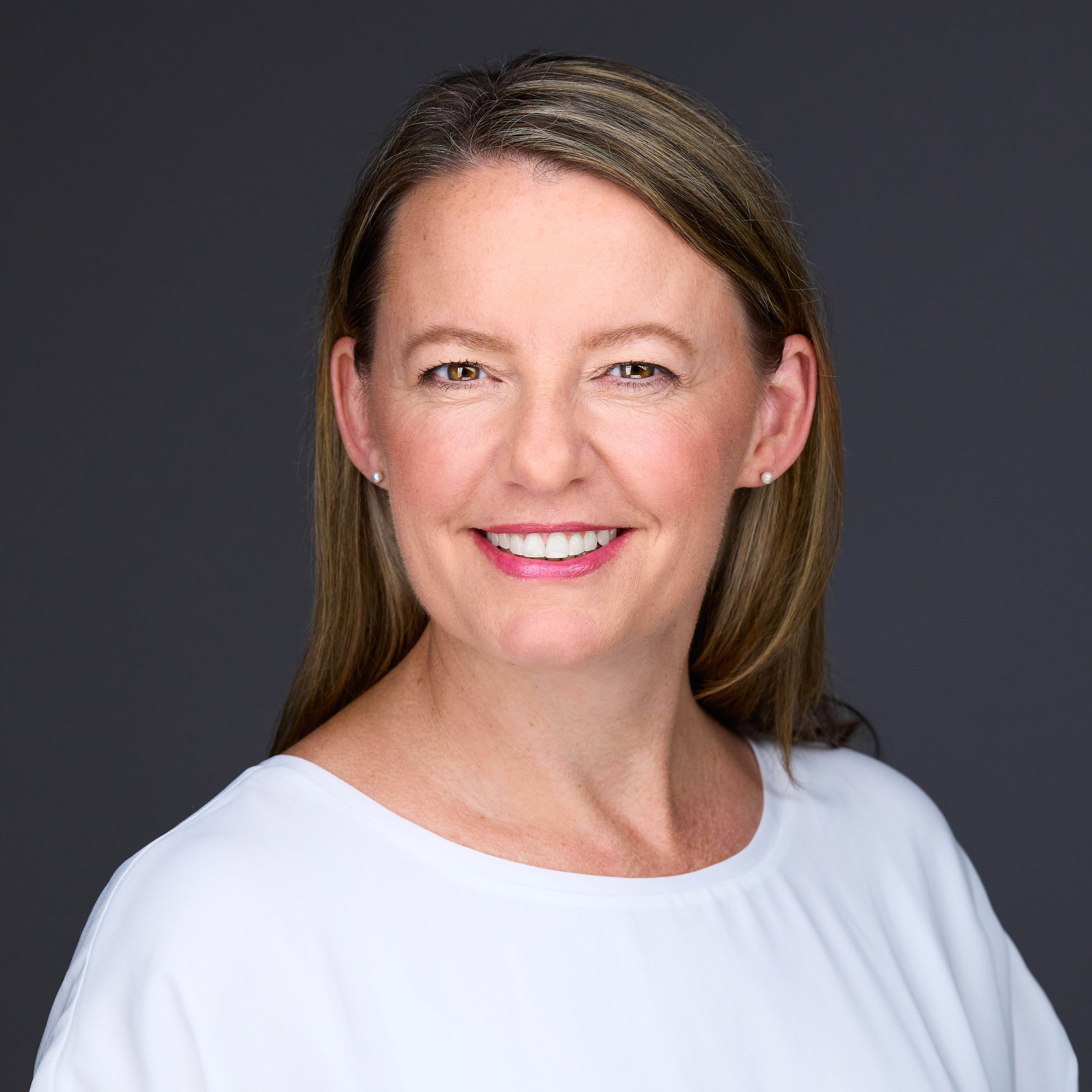
Kirsten Frattini is the Deputy Editor of Cyclingnews, overseeing the global racing content plan.
Kirsten has a background in Kinesiology and Health Science. She has been involved in cycling from the community and grassroots level to professional cycling's biggest races, reporting on the WorldTour, Spring Classics, Tours de France, World Championships and Olympic Games.
She began her sports journalism career with Cyclingnews as a North American Correspondent in 2006. In 2018, Kirsten became Women's Editor – overseeing the content strategy, race coverage and growth of women's professional cycling – before becoming Deputy Editor in 2023.